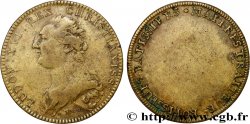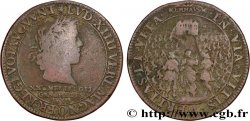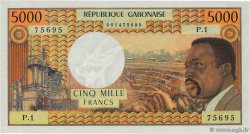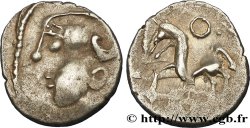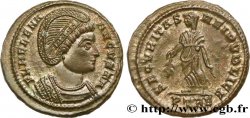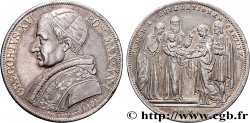fjt_522853 - CORPORATIONS - LES SIX CORPS DES MARCHANDS DE PARIS Verriers, Fayenciers, Émailleurs, Patenôtriers 1767
220.00 €
Menge
In den Warenkorb

Type : Verriers, Fayenciers, Émailleurs, Patenôtriers
Datum: 1767
Metall : vergoldetes Kupfer
Durchmesser : 28 mm
Stempelstellung : 6 h.
Gewicht : 6,46 g.
Rand cannelée
Seltenheitsgrad : R2
Kommentare zum Erhaltungszustand:
Rayures au niveau de portrait
N° im Nachschlagewerk :
Vorderseite
Titulatur der Vorderseite LUDOV. XVI. REX. CHRISTIANISS.
Beschreibung Vorderseite Buste à gauche de Louis XVI signé DUV..
Übersetzung der Vorderseite Louis XV, roi très chrétien.
Rückseite
Titulatur der Rückseite MDS. VERRIERS. FAYANCIERS. EMAILLEURS. PATENOTRIERS. 1767.
Beschreibung Rückseite Un oeil et XII dans un cercle suspendu à un noeud. Dessous, chapelet, vase et rameaux.
Kommentare
Les paternôtriers existent depuis le Moyen Âge, puisque l'on comptait par exemple quatorze d'entre eux à Paris sous le règne de Philippe le Bel.
Ils formaient quatre corporations (ou trois confréries) décrites dans le Livre des métiers d'Étienne Boileau :
patenôtriers d'ambre et de jais (ou jaïs, jayet, gaïet)
patenôtriers de corail et de coquilles de nacre
patenôtriers d'os et corne
patenôtriers de boucles (boules et anneau pour vêtements)
Les apprentis, enfants d'au moins douze ans, passaient entre cinq, huit (os) dix (jais) et douze (corail) années d'apprentissage pour devenir maîtres émailleurs et s'ils prenaient la fuite, le maître patenôtrier devait les attendre au moins une année et un jour. L'entrée dans la confrérie était payante (5 sous).
Voir de nombreux autres détails à http://fr.wikipedia.org/wiki/Paten%C3%B4trier.
Paternosters have existed since the Middle Ages, since there were, for example, fourteen of them in Paris during the reign of Philip the Fair. They formed four corporations (or three brotherhoods) described in the Book of Trades by Étienne Boileau: paternosters of amber and jet (or jaïs, jayet, gaïet) paternosters of coral and mother-of-pearl shells paternosters of bone and horn paternosters of buckles (balls and rings for clothing) The apprentices, children of at least twelve years old, spent between five, eight (bone), ten (jet) and twelve (coral) years of apprenticeship to become master enamelers and if they ran away, the master paternoster had to wait for them at least a year and a day. Entry into the brotherhood was paid (5 sous). See many other details at http://fr.wikipedia.org/wiki/Paten%C3%B4trier
Ils formaient quatre corporations (ou trois confréries) décrites dans le Livre des métiers d'Étienne Boileau :
patenôtriers d'ambre et de jais (ou jaïs, jayet, gaïet)
patenôtriers de corail et de coquilles de nacre
patenôtriers d'os et corne
patenôtriers de boucles (boules et anneau pour vêtements)
Les apprentis, enfants d'au moins douze ans, passaient entre cinq, huit (os) dix (jais) et douze (corail) années d'apprentissage pour devenir maîtres émailleurs et s'ils prenaient la fuite, le maître patenôtrier devait les attendre au moins une année et un jour. L'entrée dans la confrérie était payante (5 sous).
Voir de nombreux autres détails à http://fr.wikipedia.org/wiki/Paten%C3%B4trier.
Paternosters have existed since the Middle Ages, since there were, for example, fourteen of them in Paris during the reign of Philip the Fair. They formed four corporations (or three brotherhoods) described in the Book of Trades by Étienne Boileau: paternosters of amber and jet (or jaïs, jayet, gaïet) paternosters of coral and mother-of-pearl shells paternosters of bone and horn paternosters of buckles (balls and rings for clothing) The apprentices, children of at least twelve years old, spent between five, eight (bone), ten (jet) and twelve (coral) years of apprenticeship to become master enamelers and if they ran away, the master paternoster had to wait for them at least a year and a day. Entry into the brotherhood was paid (5 sous). See many other details at http://fr.wikipedia.org/wiki/Paten%C3%B4trier







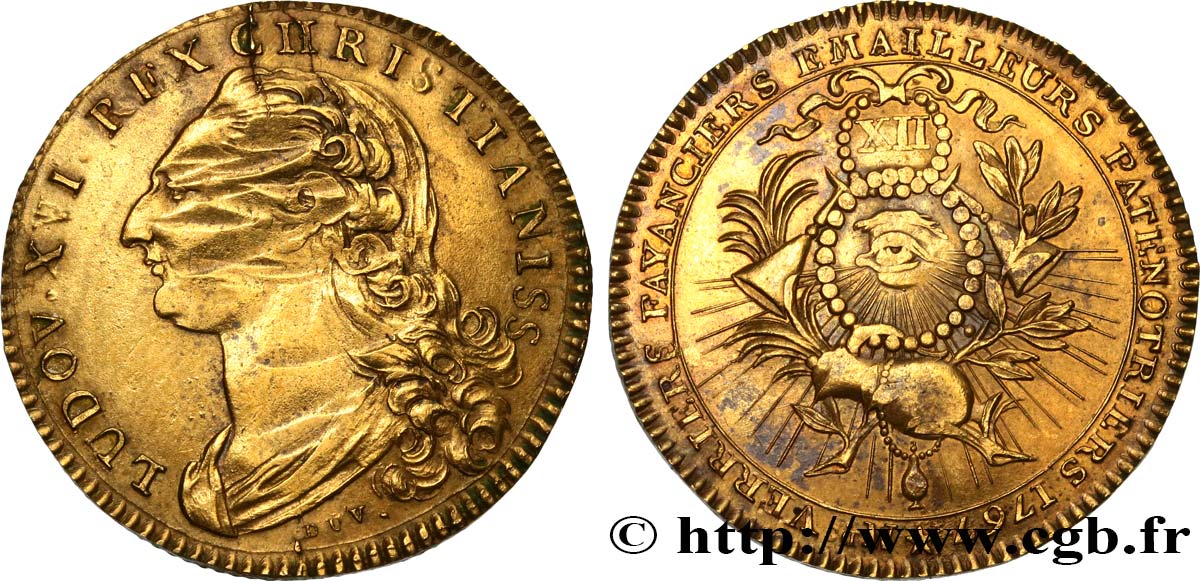
 Berichten über einen Fehler
Berichten über einen Fehler Die Seite drucken
Die Seite drucken Teilen meiner Auswahl
Teilen meiner Auswahl Stellen Sie eine Frage
Stellen Sie eine Frage Einlieferung/Verkauf
Einlieferung/Verkauf
 Details
Details


